Much has been made of the so-called cycling boom that has swept the nation in the wake of the coronavirus and the lockdowns that came with it. Early on in the pandemic, major media outlets were reporting a surge in biking in places like New York City and elsewhere. But the cycling explosion wasn’t isolated to cities. Across the whole nation, a massive increase in biking—both as a hobby and for commuting—has meant there are far more bikers on the road now than ever before.
And with people returning to the road in their cars in greater numbers—whether for school or work or even leisure—this spring is sure to see plenty of traffic on our nation’s roads. While an increased interest in biking is always welcomed, more novice cyclists on the road could also lead to an uptick in accidents, injuries, and even deaths.
To help keep everyone safe, it might be a good idea to revisit bike safety hand gestures. Both bikers and drivers need to know how to communicate with one another in order to share the road safely. If it has been a while since you’ve looked at the appropriate hand gestures, read on to see how you can communicate with others on the road.
Basic Hand Gestures
Of course, there are several things you can do to make sure you are safe while biking. Reflective vests, a bike helmet, and even choosing to bike at safer times of day can all help reduce your chance of being in an accident.
But knowing the three basic hand gestures is also a prerequisite to safe biking. The three main gestures you will need to know are:
- Left turn: stick your left arm out sideways with all fingers extended. This sign lets cars and other bikers know you are turning left.
- Right turn: stick your left arm out and bend it upward from the elbow. Your arm should be at a 90-degree angle. Alternatively, in many states you can also stick your right arm out sideways, all fingers extended, to let others know you are turning right.
- Stopping: When you need to let others know that you are about to stop, stick your left arm out and bend at the elbow down towards the ground. Your arm should be at a 90-degree angle.
With all of the signs, make sure you give cars and other bikers enough warning. It can actually do more harm than good to signal left, right, or stop right before you do so. For visuals on what each sign should look like, check out this infographic from the National Highway Traffic Safety Administration.
Not Just for Bikers
Knowing the appropriate signals is not only helpful for bikers. A left-hand turn sign will mean nothing to the driver of a car who hasn’t taken the time to learn what a biker is trying to communicate with their hands.
If you are a regular biker, take the time to educate your family and friends about the signs for left turn, right turn, and stop so they will know and act accordingly. Keeping our roads safe for bikers is everyone’s responsibility.
Obey All Signs
Finally, bikers need to not only know and use proper signaling when biking. They also need to obey all signage. This includes yield signs, stop signs, crosswalks, and stoplights. Some bikers have the mistaken notion that the rules of the road don’t apply to them and they can blow through traffic signs when no one else is around.
Don’t let that be you. Keep yourself and others safe on the road by knowing and using the correct hand gestures and by obeying all signs.
For more information, see our benchmarking report or contact us.

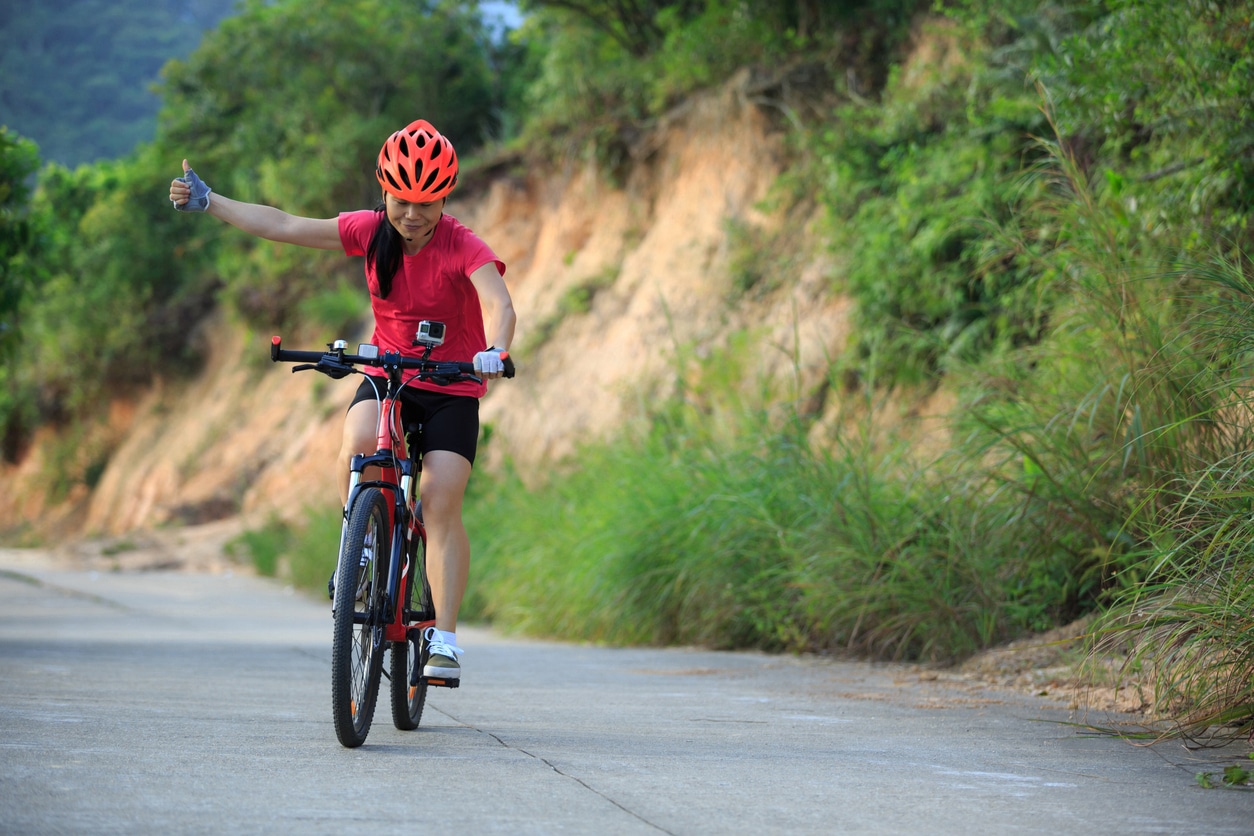
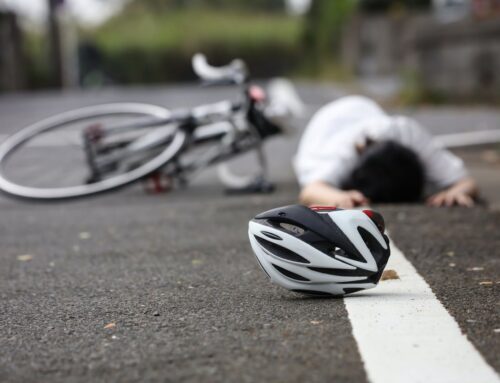
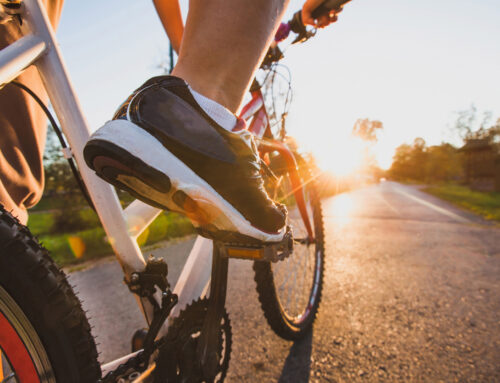
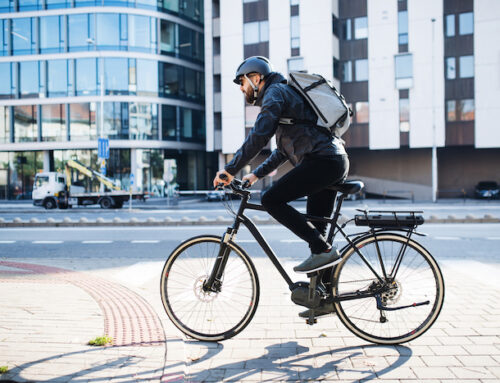
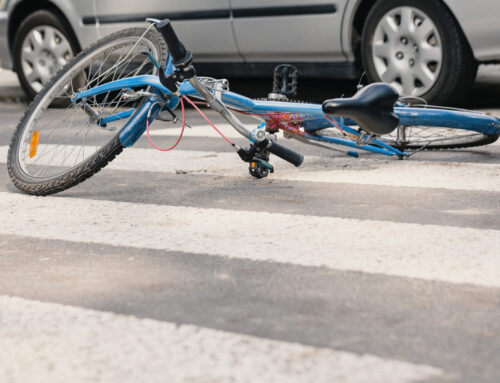
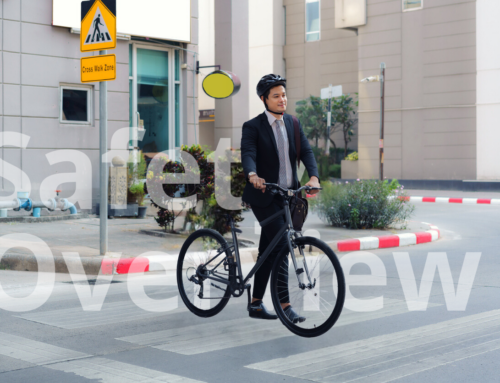
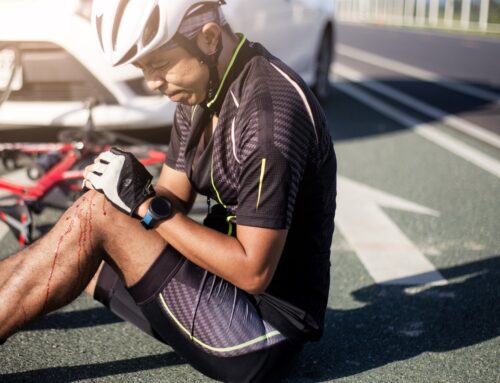
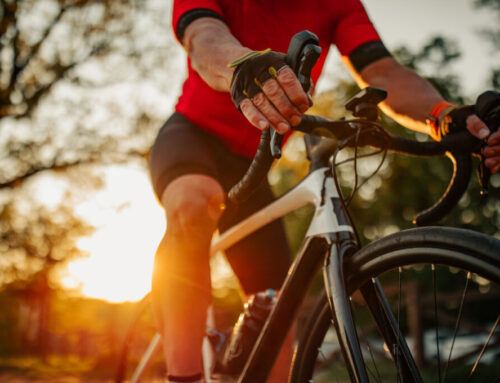
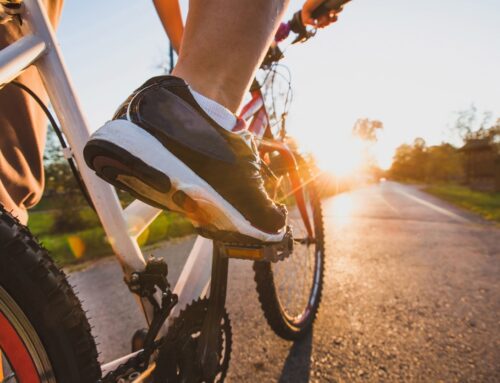
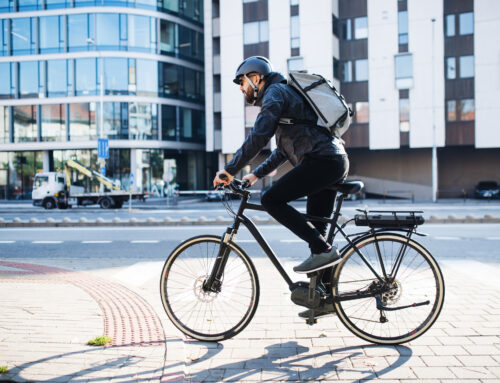
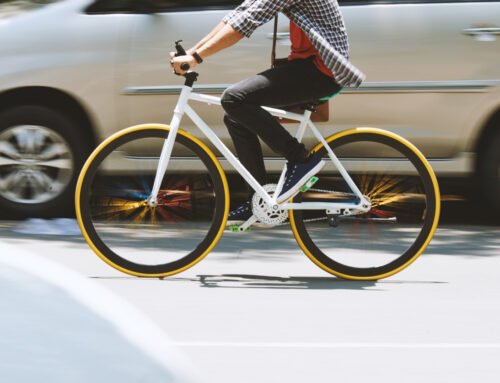
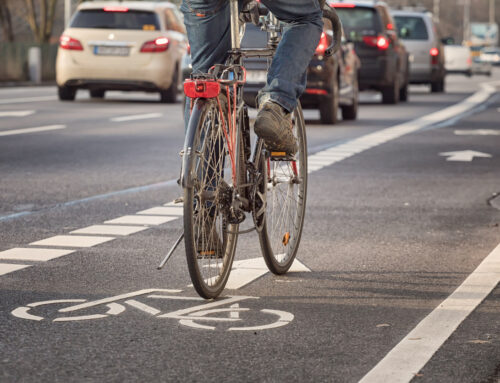
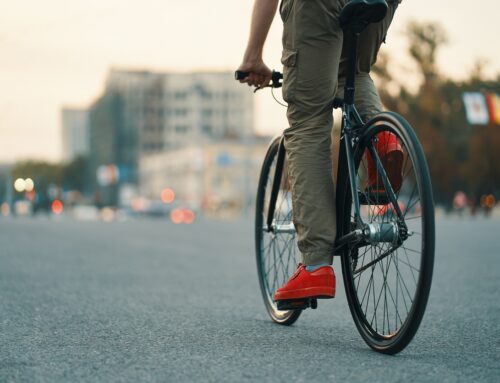

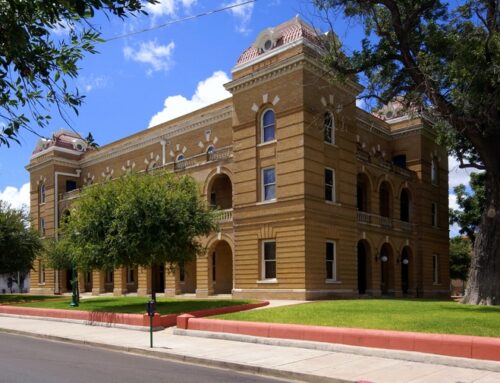
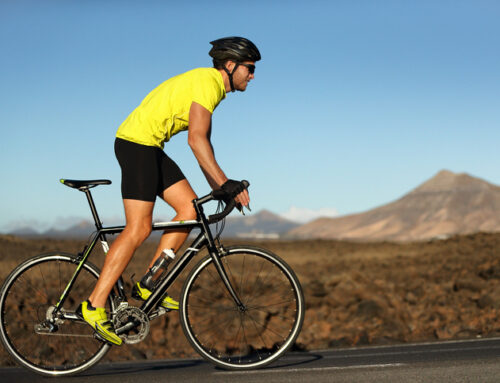
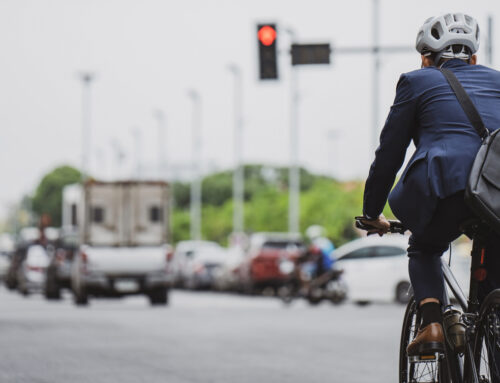
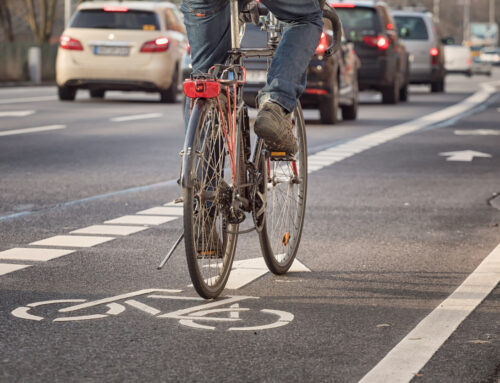
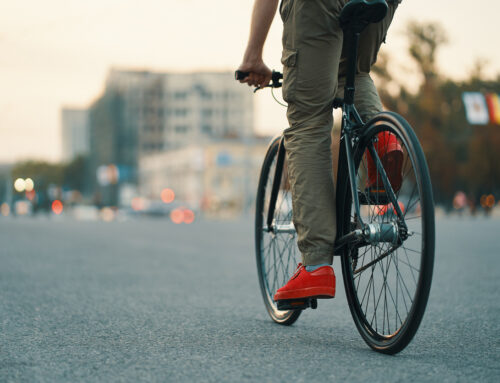
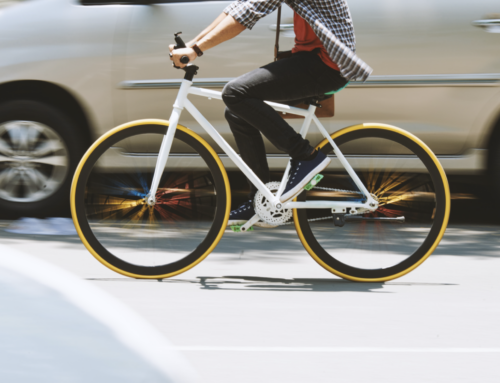
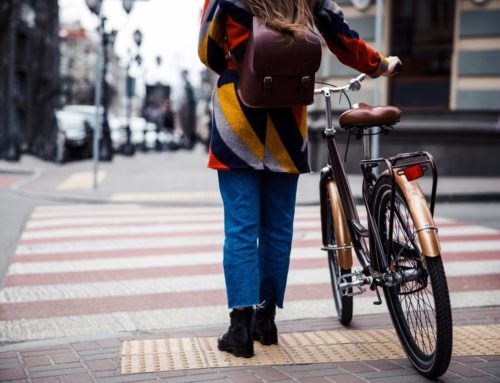
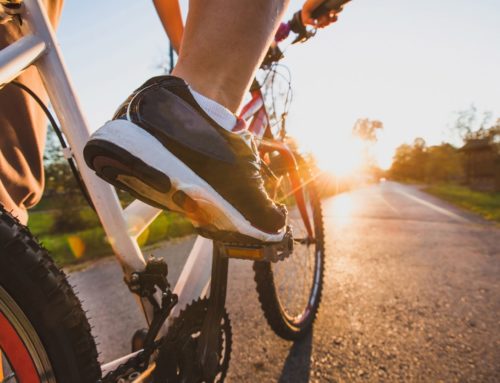
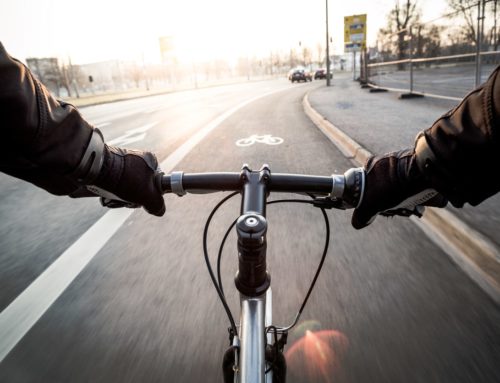
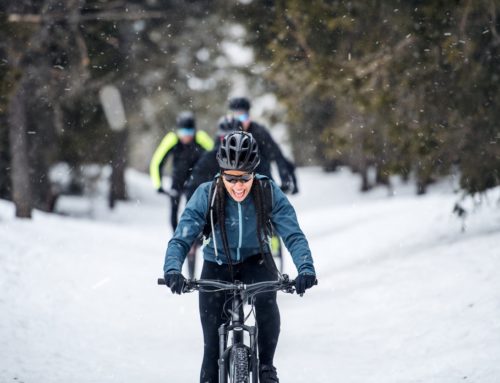
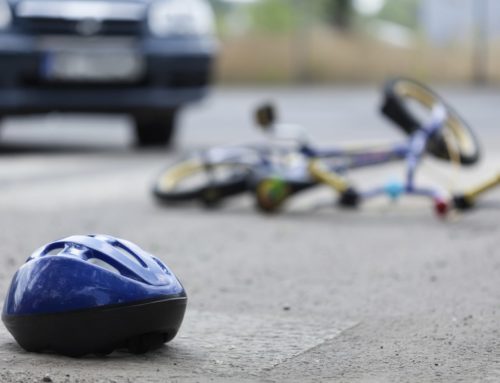
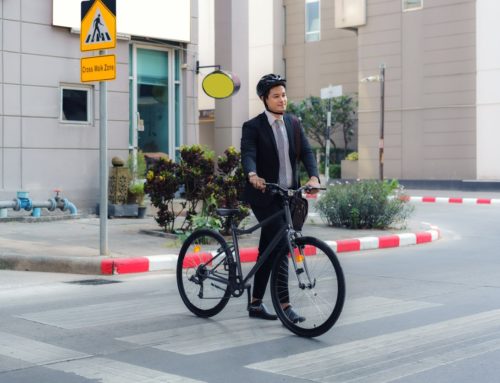
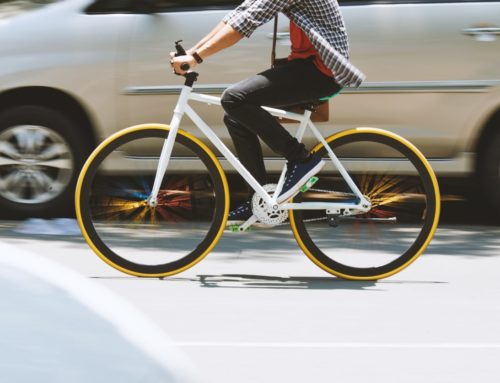
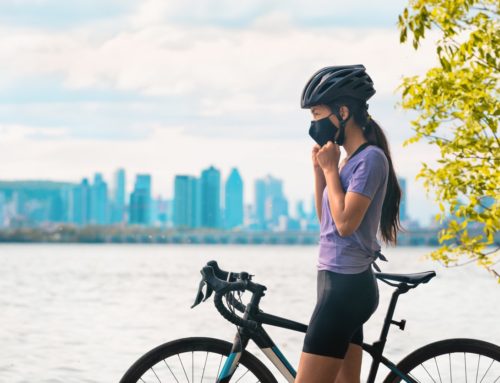

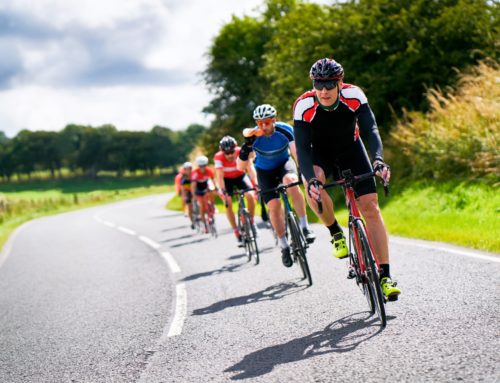
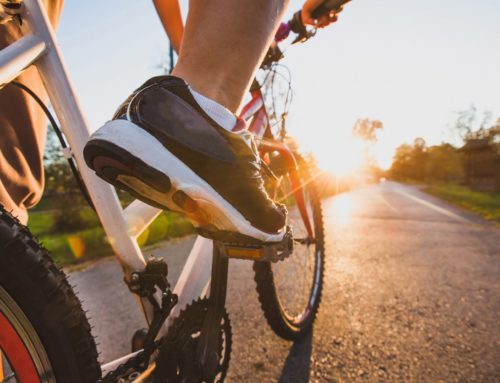
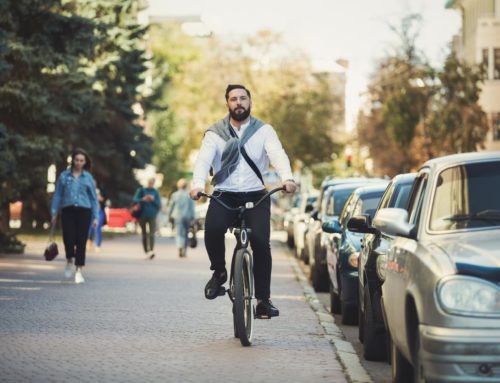
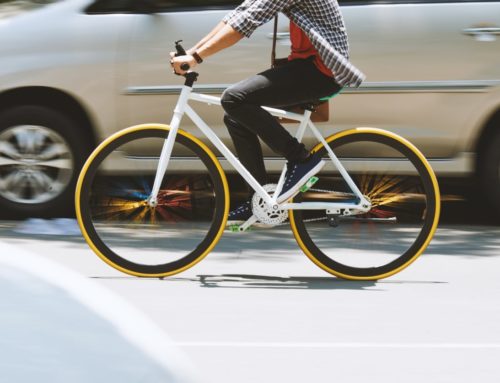
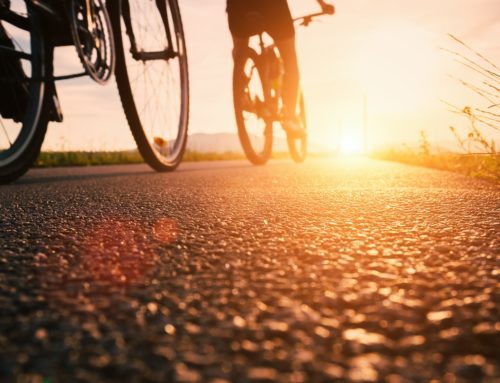
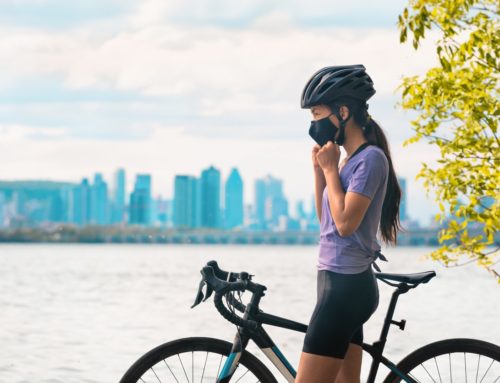
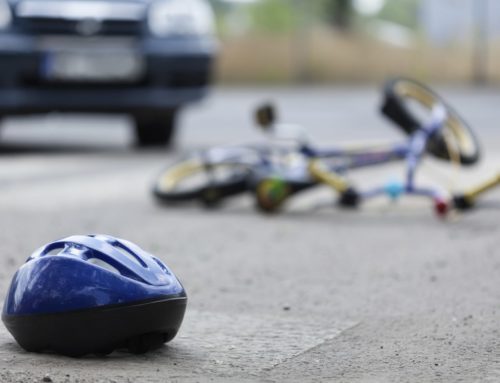
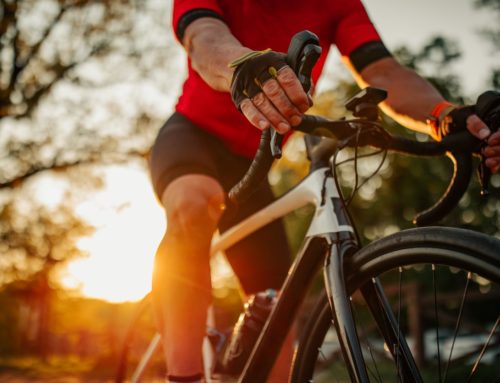
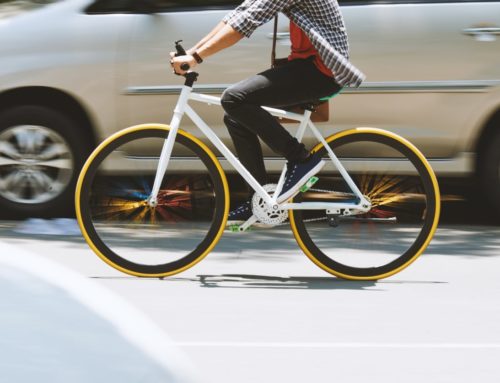
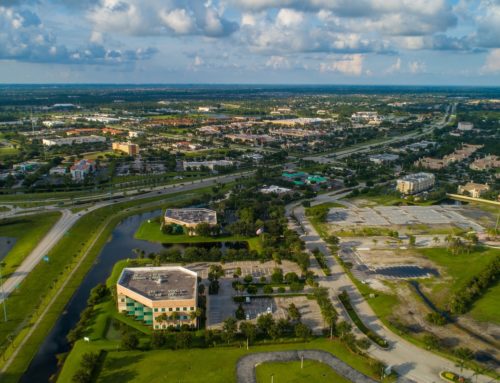
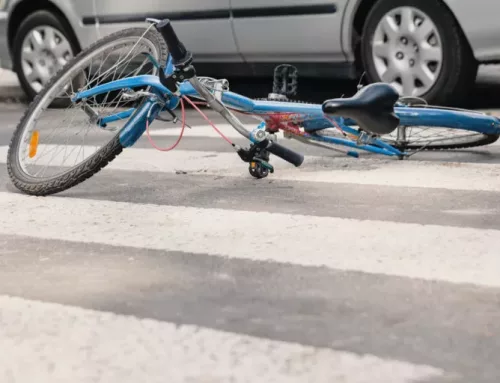

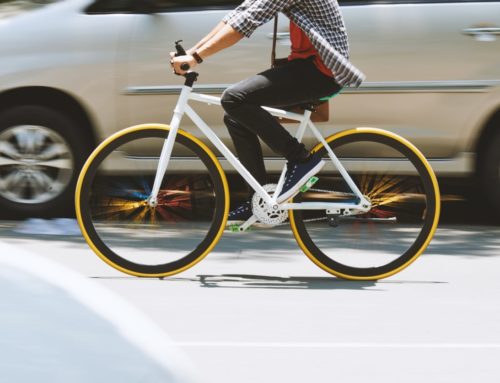
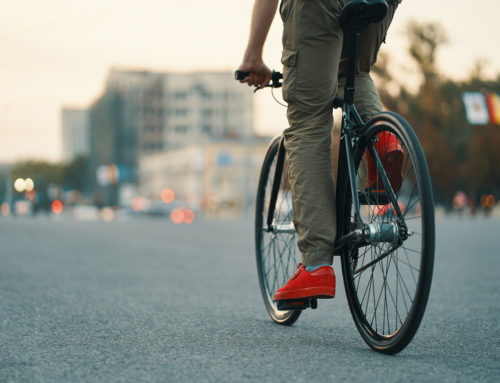
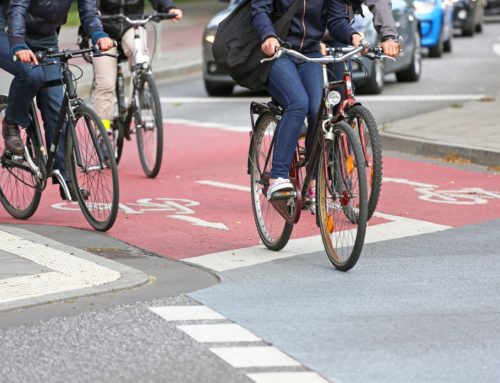
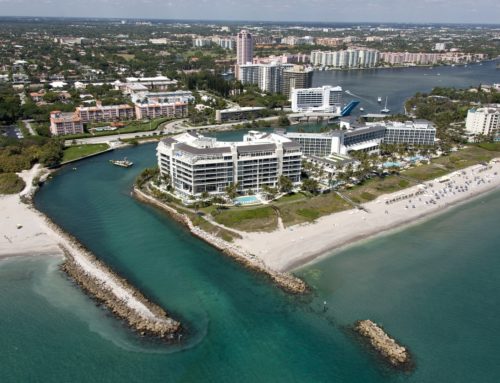
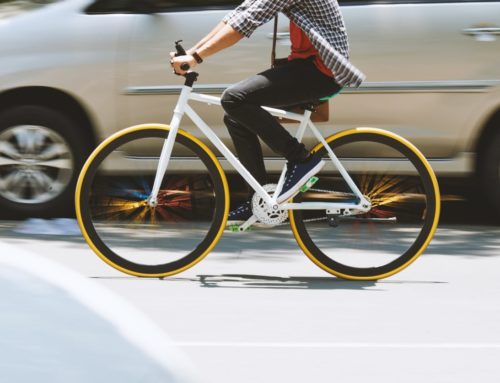
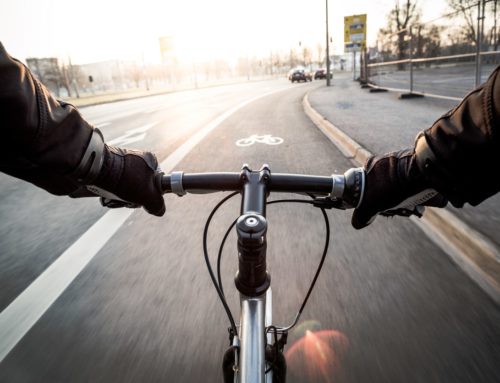

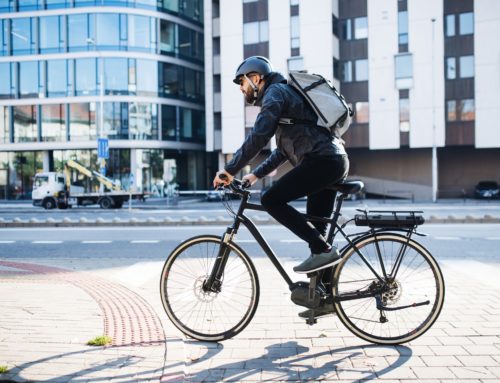
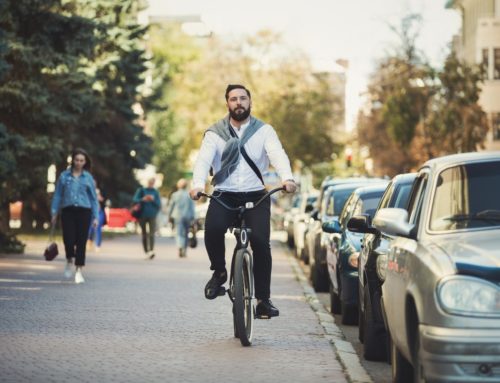

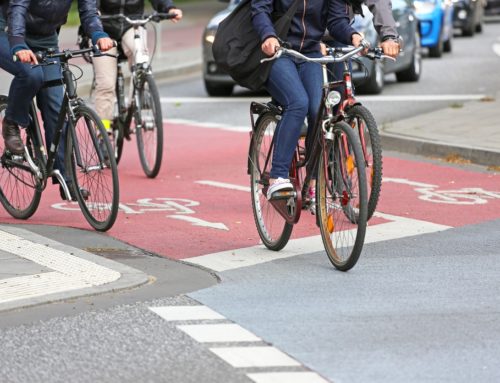
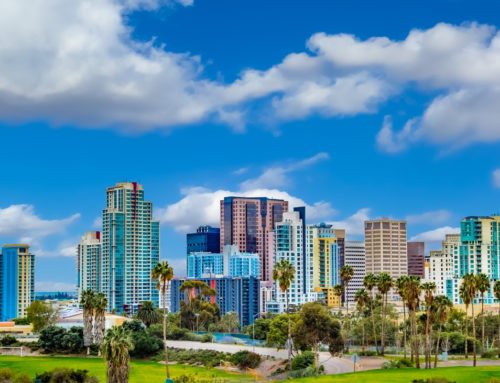
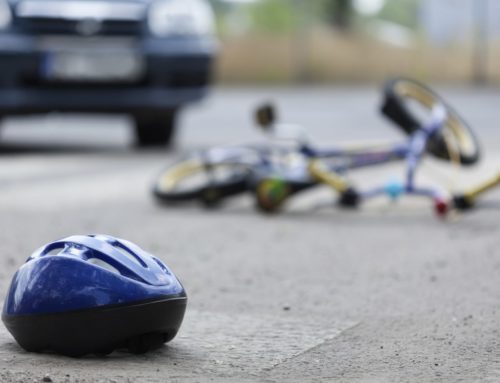
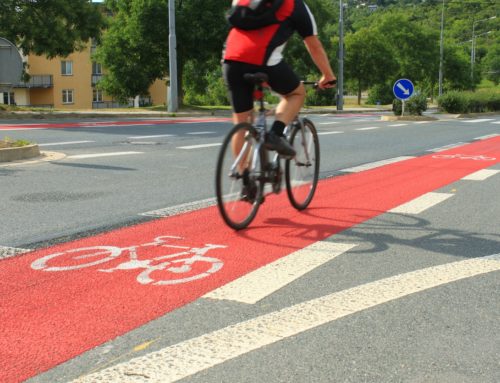
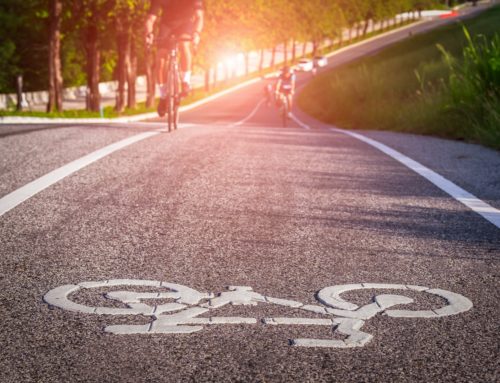
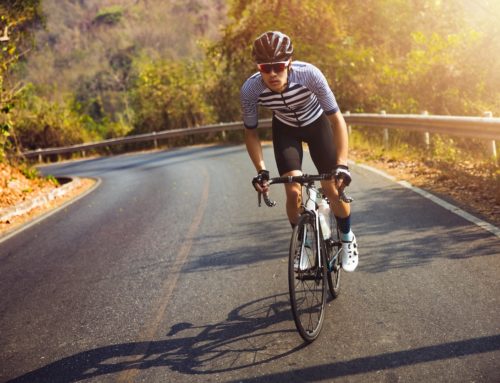
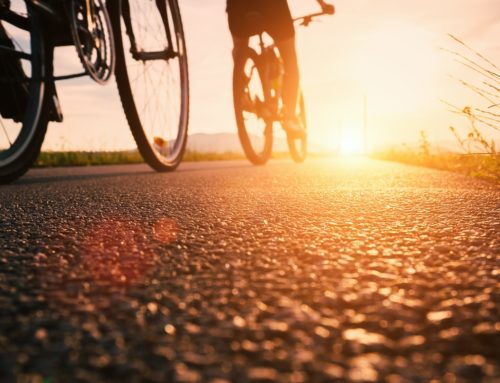
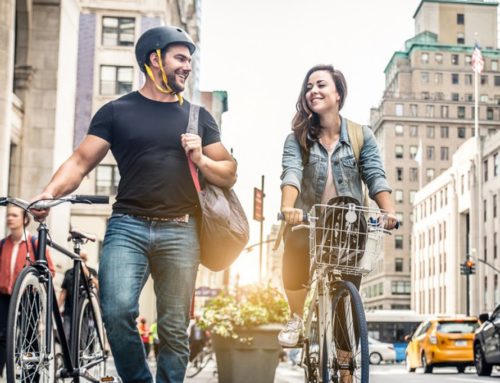
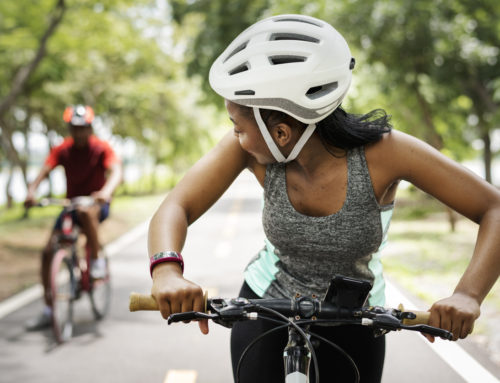
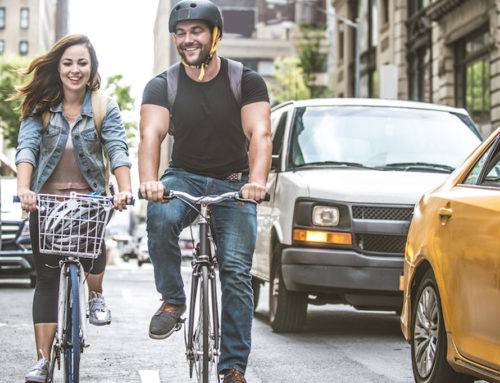
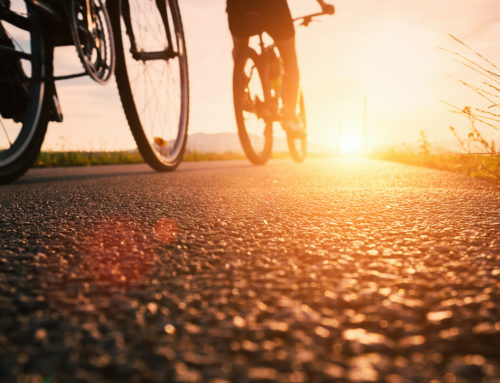
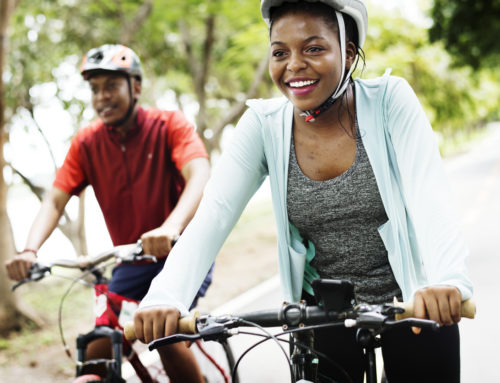
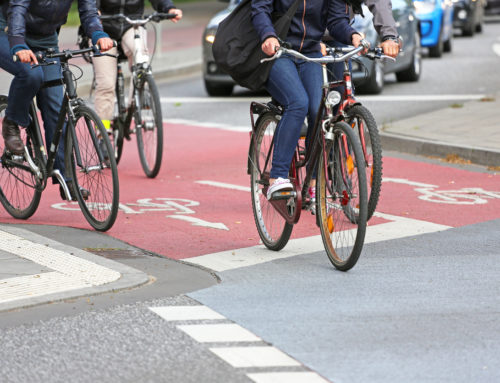
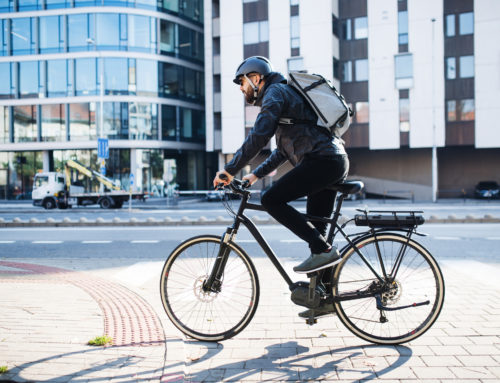
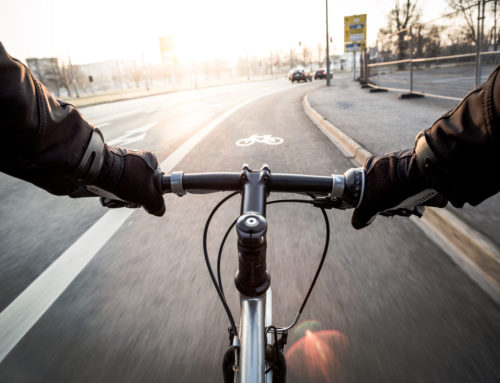
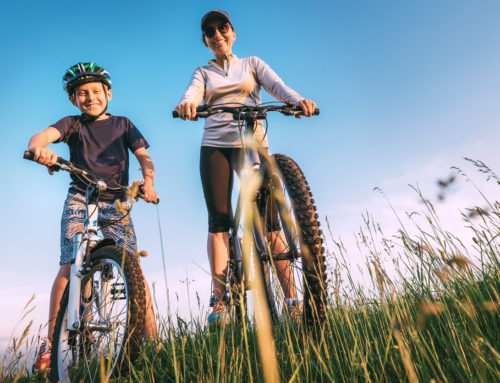
Leave A Comment